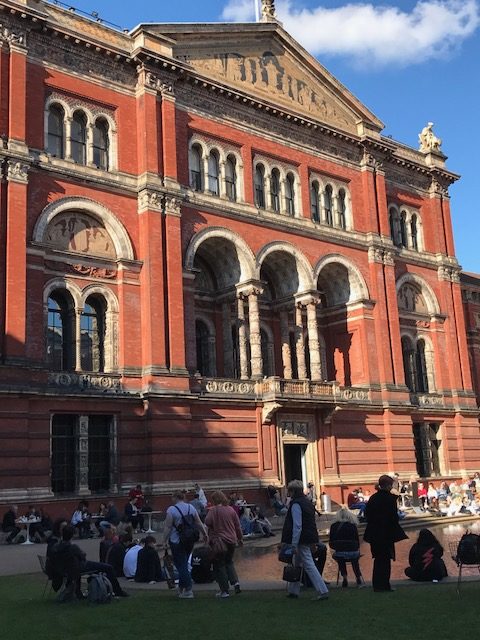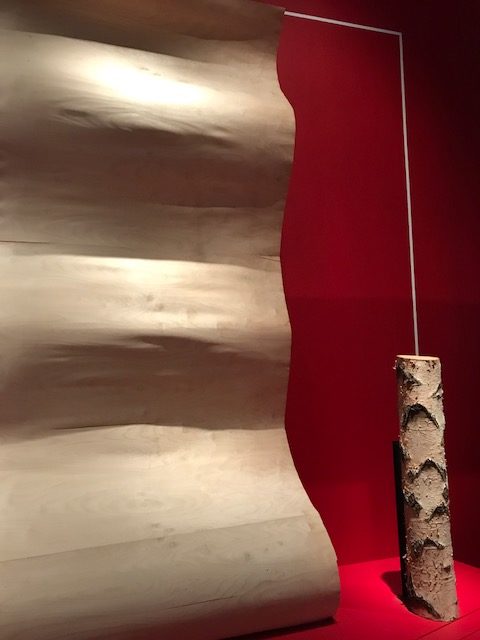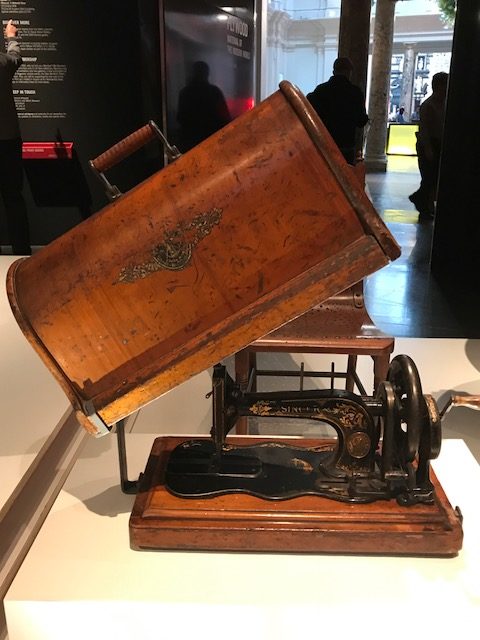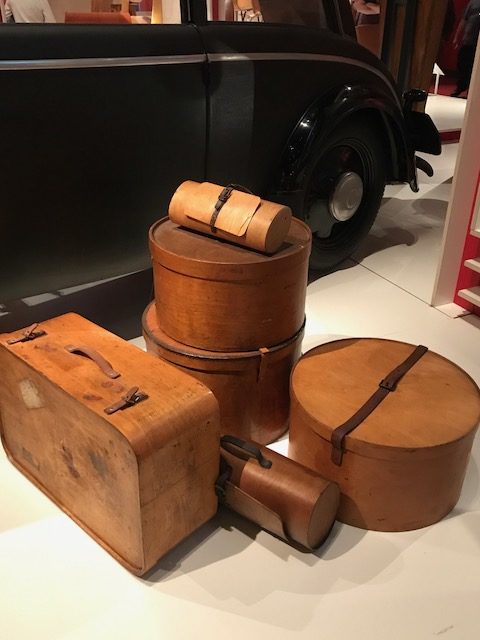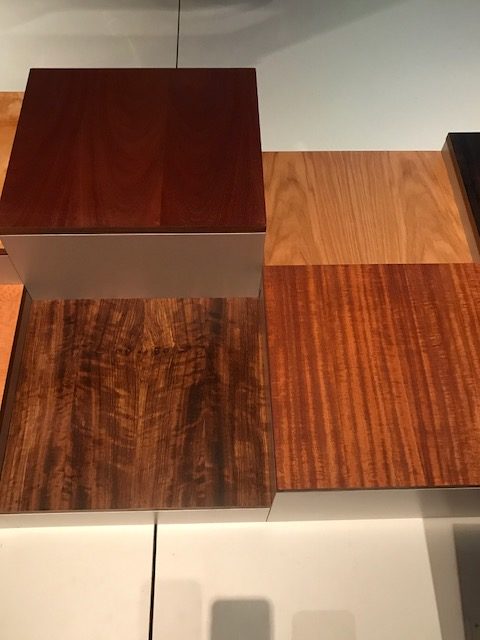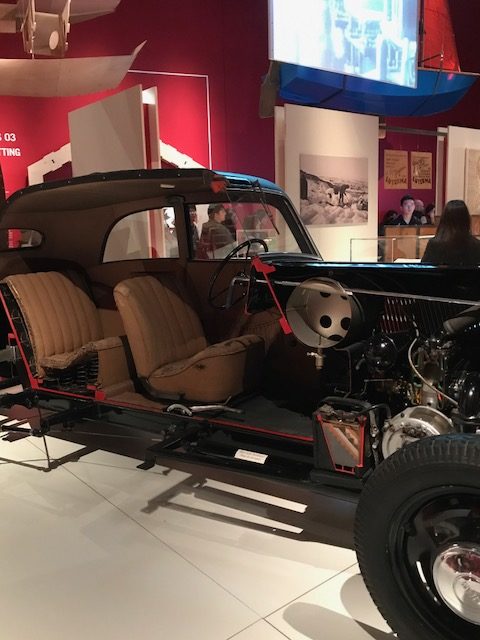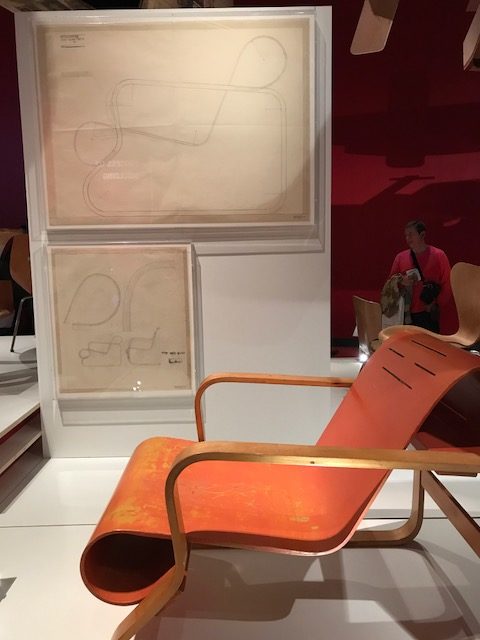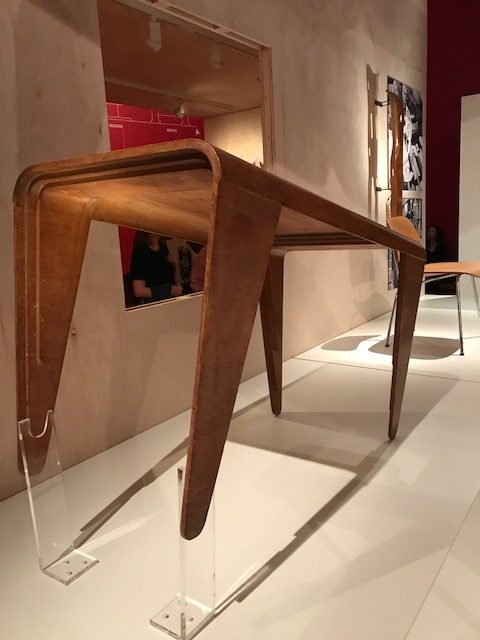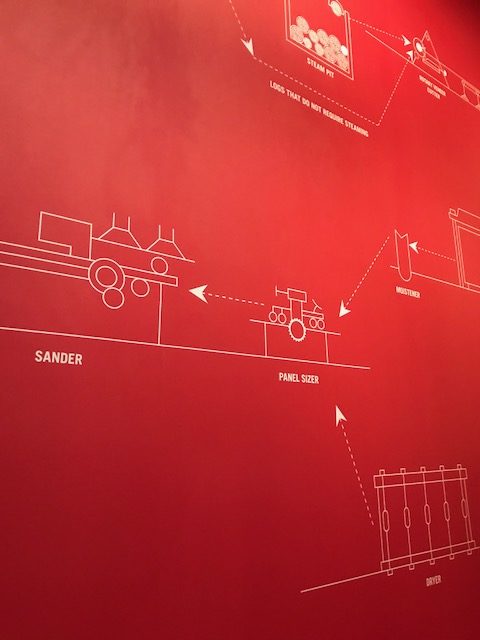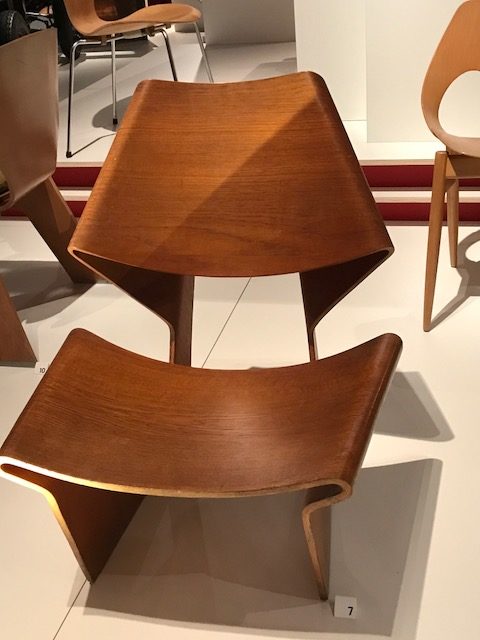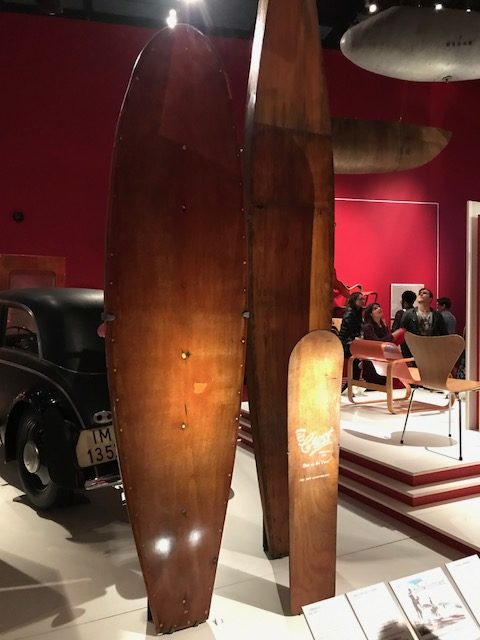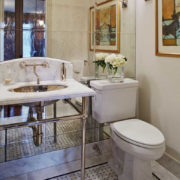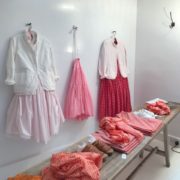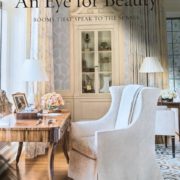I was a little surprised when a friend told me last week not to miss the Plywood exhibit at the V&A in London. It is not a subject I particularly cared about, but I left thinking it’s a miracle material.
The curators wrote that plywood is an everyday material that can be used in extraordinary ways. Its fabrication is simple: very thin, fragile sheets of wood are glued together with the grain of each sheet going in an alternate direction. This layering is what makes the material stable, strong and flexible. What’s more remarkable, the manufacture of plywood has remained relatively unchanged through the years, although today we are a little more efficient and very fast.
Plywood is used for many types of design, from chairs and tables to sewing boxes; it relatively cheap and easy to produce using simple tools. While it has been used in standard mass production since the 1870s, this material has revolutionized design over the past 120 years, often used for experimental forms and shapes.
Today, plywood is a staple of the building industry. It was not until the 1930s that architects and builders first experimented with it as a building material. It was low cost, uniform and factory produced in standard sizes. Most surprising to me was the fact that from 1910 to 1945, plywood’s strength and lightness allowed for the construction of radical new planes that revolutionized the nature of flight.
As you can see, I certainly learned a lot. Whether or not you ever think of plywood, this exhibit will surely pique your curiosity.

